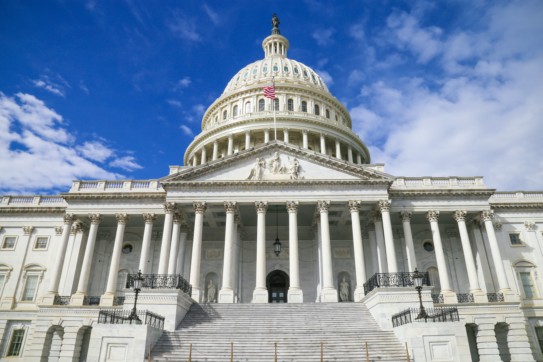December 2020 COVID Relief – How the Latest COVID Relief Legislation Could Provide Relief to Social Good Organizations

On December 21, 2020, the U.S. House of Representatives and Senate passed a wide-ranging COVID Relief and Appropriations bill and the President signed the bill on December 27, 2020. The appropriations bill, totaling $1.4T, provides funding for the government through September 30, 2021. In addition, the COVID-19 relief bill provides $900B in support for individuals, small businesses, health care, education, and cultural institutions.
The following is by no means an exhaustive list of what is included in this latest relief bill. Rather, we are highlighting various provisions that might be of interest to social good organizations.
Incentivizing Charitable Giving
The CARES Act included a temporary universal charitable deduction capped at $300 and increased deductibility for charitable contributions to 100% of adjusted gross income for individuals and 25% for corporations. These provisions were extended through December 31, 2021 and the cap for universal charitable deduction was increased to $600 for joint filers for 2021.
Paycheck Protection Program
The COVID-19 relief package provides $284B for first and second rounds of Paycheck Protection Program (PPP) loans. PPP, created through the CARES Act, provides small businesses and nonprofit organizations with up to $10M or 2.5X (250%) of their average monthly payroll, whichever is less, to cover eight weeks of payroll expenses and for making payments toward debt obligations.
Eligibility for nonprofit organizations is extended to 501(c)6 organizations and the program will run through March 31, 2021. Churches and faith-based institutions will continue to be eligible for funding through this program. In this bill, $15B in funding is included specifically for cultural institutions, live venues, and independent movie theaters. The second round of funding for previous PPP recipients will be limited to entities with 300 or fewer employees and those that can demonstrate a 25% loss in receipts from any quarter in 2020 when compared to the previous quarter in 2019.
Employee Retention Tax Credit
The relief funding also includes an expansion and extension of the Employee Retention Tax Credit, which was created through the CARES Act. The Employee Retention Tax Credit is a refundable payroll tax credit for wages paid by employers to employees during the COVID-19 crisis.
- The credit has been extended through July 1, 2021 and is expanded to 70% of wages up from 50%.
- It also increases the wages attributed to the employee from $10,000 per year to $10,000 per quarter.
- It expands eligibility for the credit by reducing the decrease in receipts from 50% to 20% when compared to the same quarter in the prior year.
Additional Funding for Government Programs and Individuals:
This bill also includes additional funding for government programs and payments for individuals. A sample of funding allocations are found below:
- $600 in direct payments to individuals, including children. These payments begin to phase out for those who made between $75,000 and $99,000.
- $300 in extended unemployment benefits beginning as early as December 27, 2020, and running through at least March 14, 2021.
- $4.05B for Governors Emergency Education Relief Fund, which includes services for private K-12 schools to be administered by public agencies.
- $22.7B for the Higher Education Emergency Relief Fund broken down to $20B for all public and private nonprofit higher education institutions, and $1.7B in targeted funding for HBCUs and tribal colleges.
- $69B in healthcare funding for vaccine procurement and distribution, testing, tracing, including $1B for the Indian Health Service and $2.5B in grants to assist underserved areas, including communities of color and rural communities.
- $25B in rental assistance for families, which can be used for past and future rent payments and energy and utility payments.
- $13B to increase SNAP benefits, providing additional funding for food banks, senior nutrition programs and to include college students in SNAP programs.
- $7B in broadband funding to include $3.2B in funding for low-income families to access broadband, a $1B tribal broadband fund, and $250M in telehealth funding.




